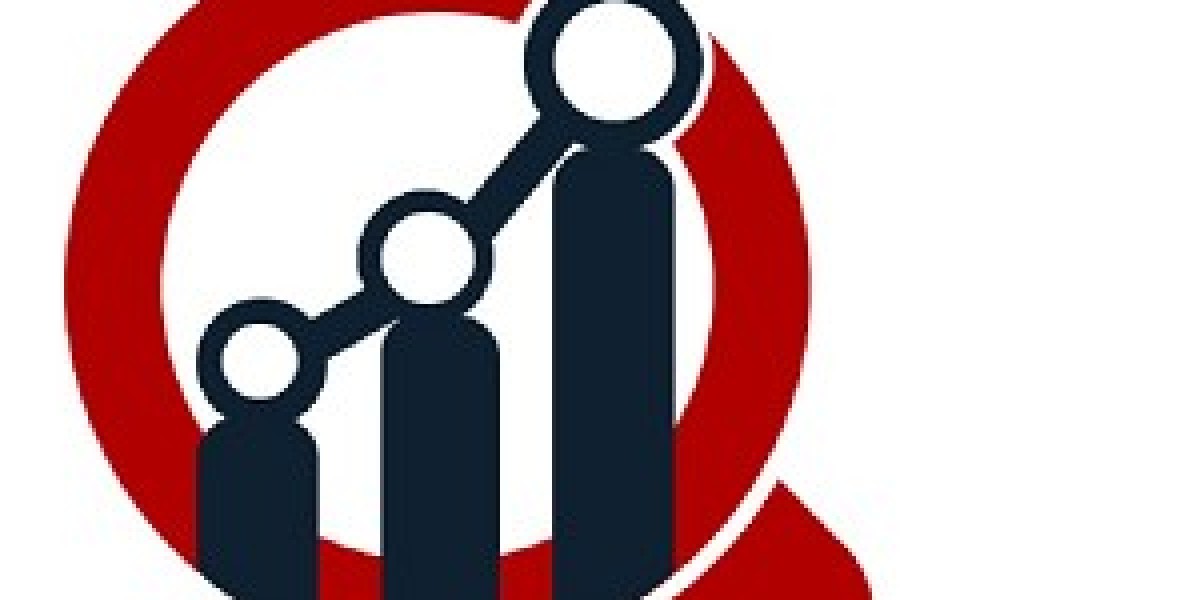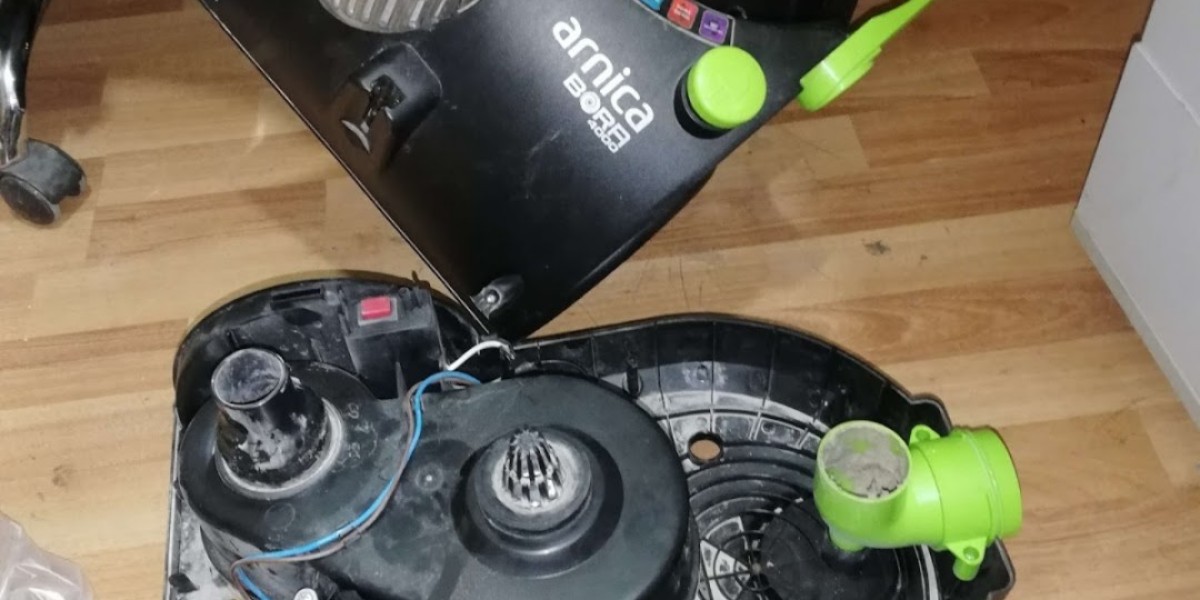Lead rubber bearings (LRBs) are a type of base isolation system designed to protect buildings and infrastructure from seismic activity. They consist of layers of rubber and steel plates bonded together with a solid lead core at the center. The unique construction allows the bearing to absorb and dissipate energy generated during an earthquake, reducing structural damage and enhancing occupant safety. The global lead rubber bearing market has gained momentum over recent years due to increasing investments in earthquake-resistant infrastructure and heightened awareness about building safety. This article explores the current market landscape, growth drivers, challenges, key players, regional insights, and future trends.
The lead rubber bearing market has seen consistent growth, driven by demand in both developed and developing nations. Rapid urbanization, growing awareness of disaster resilience, and government regulations mandating seismic safety in public structures have propelled adoption. LRBs are primarily used in bridges, commercial buildings, hospitals, power plants, and other essential infrastructure where safety during seismic events is critical.
The market is segmented based on product type, application, and geography. Product types generally vary by load-bearing capacity, material composition, and seismic performance. Applications cover various sectors including civil engineering, transportation, and energy. Geographically, Asia-Pacific holds the largest market share, followed by North America and Europe.
Lead Rubber Bearing Market CAGR (growth rate) is expected to be around 5.50% during the forecast period (2025 - 2034).
Market Drivers
- Increasing Seismic Activities: Earthquake-prone regions across Asia-Pacific (particularly Japan, China, and Indonesia), North America (especially the western United States), and parts of Europe have intensified the need for seismic protection in buildings. Lead rubber bearings offer an effective solution for damping seismic forces and enhancing the structural integrity of critical infrastructure.
- Government Regulations and Building Codes: Many national and local governments have implemented building codes and regulations that require the use of seismic isolation systems in new constructions. These mandates have boosted the incorporation of LRBs in both public and private sector projects.
- Infrastructure Modernization: As urban infrastructure in many parts of the world ages, there is a rising demand for retrofitting and upgrading buildings and bridges. Retrofitting with LRBs is a cost-effective and efficient solution to extend the lifespan of older structures while improving seismic resilience.
- Technological Advancements: Innovations in material science and structural engineering have led to more durable, cost-efficient, and higher-performing LRBs. Advanced manufacturing techniques and quality control have also contributed to increased market acceptance and trust in these systems.
- Rise in Smart City Projects: With the increasing emphasis on smart cities and sustainable development, seismic safety has become a priority. LRBs are often integrated into smart infrastructure to ensure operational continuity during and after seismic events.
Key players in the Lead Rubber Bearing Market include:
Kumho Tire, CEAT Tyres, Cooper Tire Rubber, Trelleborg AB, Sumitomo Rubber Industries, Hankook Tire Technology, Michelin, Apollo Tyres, Continental AG, MRF Tyres, Bridgestone Corporation, JK Tyre, Goodyear Tire Rubber, Yokohama Rubber.
Trends and Opportunities
- Eco-Friendly Alternatives to Lead: Due to environmental concerns, there is growing research into non-lead core alternatives such as copper or advanced elastomers. Eco-friendly base isolators with similar or improved performance are expected to gain traction in the future.
- Integration with Digital Monitoring Systems: As smart infrastructure becomes more prevalent, LRBs integrated with real-time monitoring and IoT systems will help track their condition and performance during seismic events. This trend will drive innovation and data-driven maintenance practices.
- Prefabrication and Modular Construction: The growth of prefabricated buildings and modular construction techniques is creating new opportunities for standardized LRB designs that can be quickly implemented in various structures.
- Public-Private Partnerships (PPPs): Governments are increasingly entering into PPPs for infrastructure development. These collaborations often encourage the inclusion of advanced safety measures like LRBs in design requirements, thus expanding market reach.
- Education and Outreach Programs: Market participants are increasingly engaging in educational campaigns to raise awareness among architects, engineers, and decision-makers. These efforts are particularly important in emerging markets with limited exposure to seismic technologies.
For More Information Request for Sample PDF
Market Challenges
- High Initial Costs: One of the major restraints in the adoption of LRBs is the high initial cost of procurement and installation. Though they offer long-term savings by minimizing structural damage, the upfront expense can be a deterrent, particularly in cost-sensitive markets.
- Limited Awareness in Emerging Economies: While awareness of seismic safety is growing, many developing nations still lack adequate education and policies regarding the benefits of seismic isolation systems like LRBs. This presents a barrier to market growth in these regions.
- Complex Installation and Maintenance: The design, installation, and maintenance of LRBs require specialized expertise. Incorrect installation can compromise the effectiveness of the isolation system, which makes training and skilled labor essential for market success.
- Environmental Concerns: Lead, a primary component of LRBs, is a toxic material and poses environmental risks if not properly managed. Regulations concerning lead usage and disposal could potentially challenge the market in the future, pushing for alternative materials.
Contact Us:
Market Researcnh Future (Part of WantStats Research and Media Pvt. Ltd.)
Contact Number. +91 2269738890
Email: sales@marketresearchfuture.com







